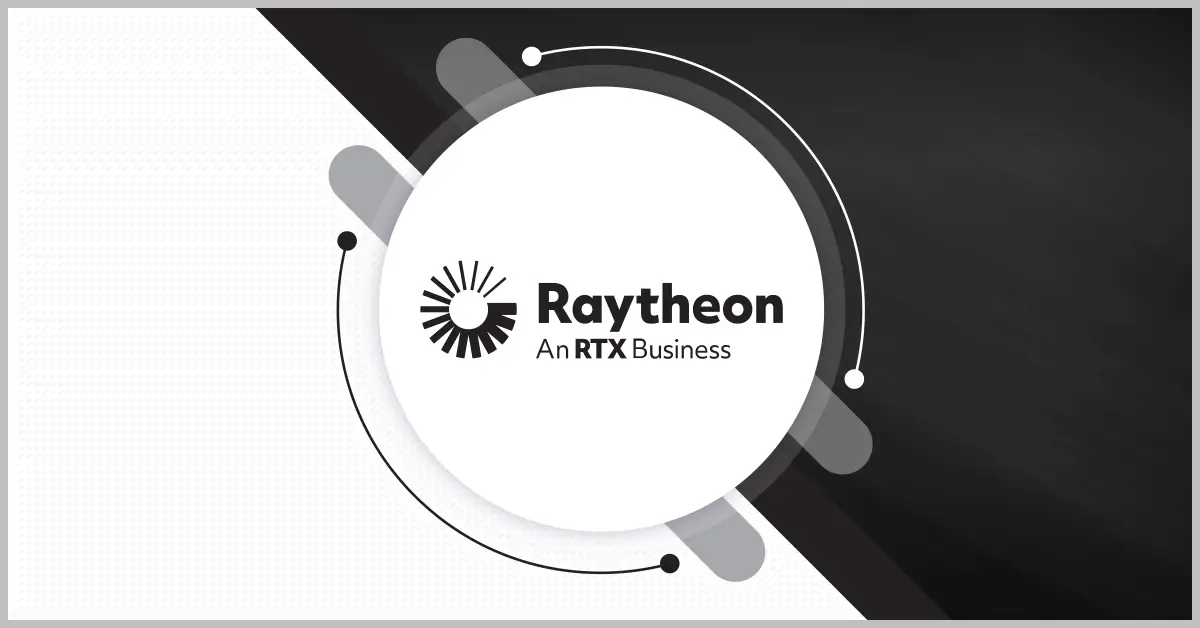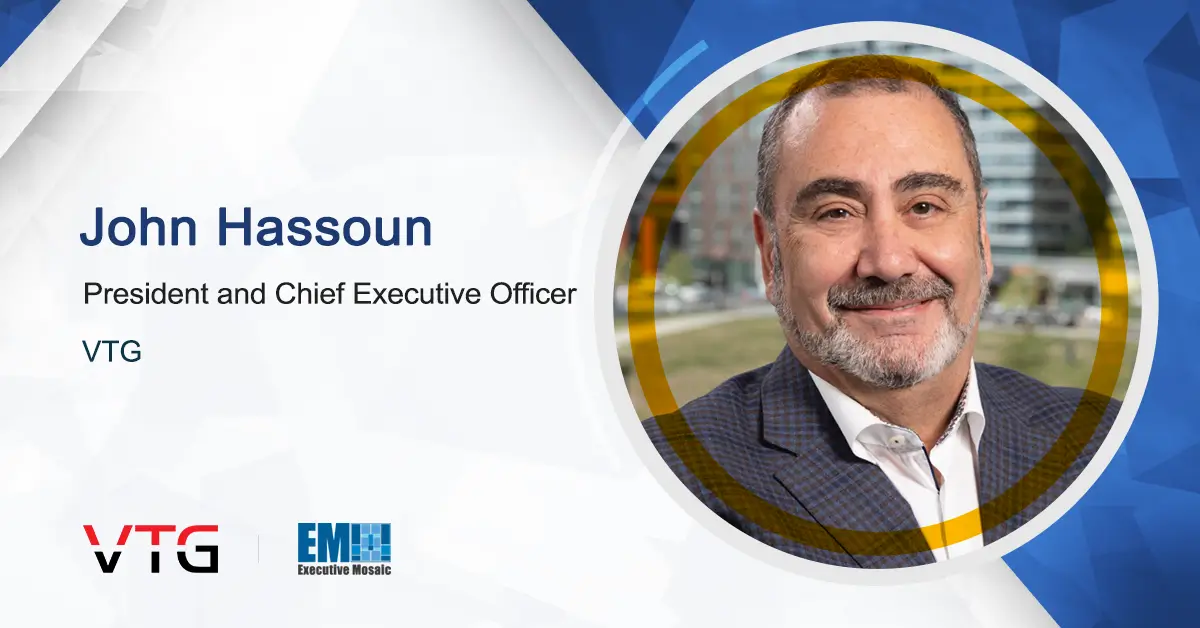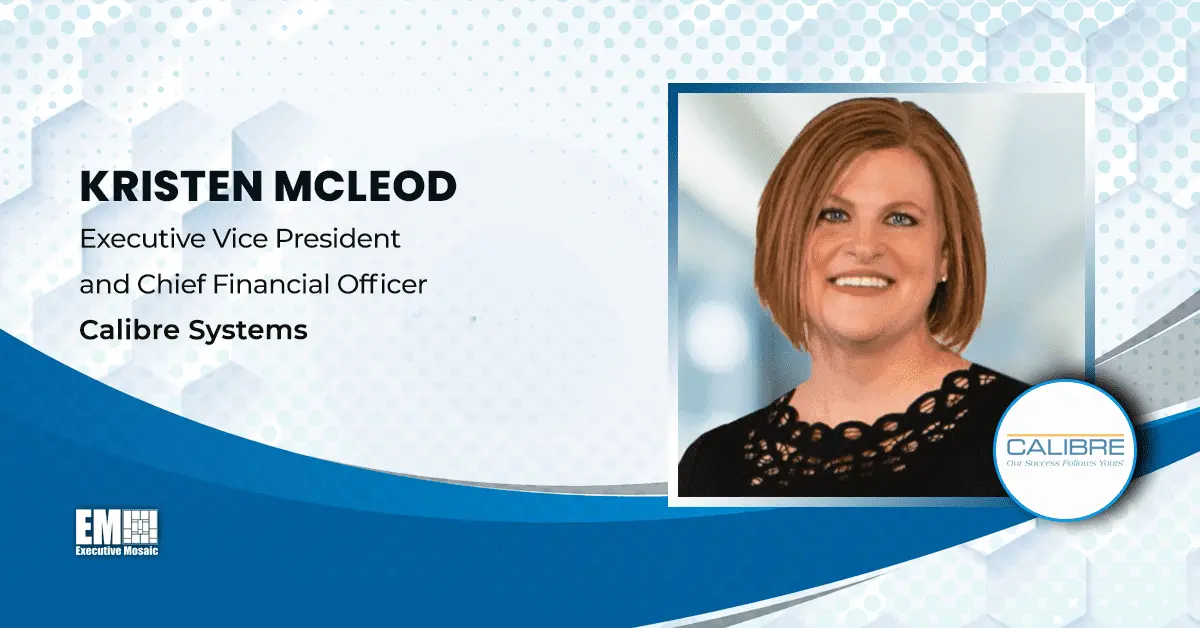Federal agencies are embracing modern technology such as cloud computing and artificial intelligence to transform information technology systems in the digital age.
When Jerry Ma assumed the directorship of emerging technologies in the U.S. Patent and Trademark Office, he vowed to streamline the processes in deploying and procuring advanced technologies in the agency.
Ma underscored the immediate concerns he aimed to address during his stint, including assessing existing emerging tech projects, establishing procurement and deployment strategies for leading platforms, and collaborations with the intellectual property industry.
He also noted that USPTO employees are involved in outstanding emerging tech efforts, but they are decentralized and work as an ad hoc.
“And so the next step on top of that is to bring in some central oversight, central expertise to be able to keep tabs of everything to make sure we’re able to prioritize, that we’re continually focusing on the maximum impact areas for emerging technology,” he told NextGov in an interview.
At the Department of Homeland Security, the agency invests in the workforce through a new personnel system being developed to strengthen and diversify the cybersecurity team, Federal News Network reported Aug. 5.
During a conference, Eric Hysen, DHS chief information officer, said that the Cyber Talent Management System slated to run this fall seeks to attract, sustain, and develop the department’s cybersecurity workforce.
Apart from the investment in its talents, Hysen said the DHS is also looking to transition its perimeter-based security system to a zero-trust model in an effort to support the information technology efforts in the agency.
“We need to assume that we are going to get breached and design our systems in a way that we are limiting the damage of those breaches once they do happen,” he said.
The DHS is also eyeing to bolster enterprise data-sharing. In line with this, Hysen said he is collaborating with Mike Horton, DHS chief data officer, for the interoperability and sharing of information with IT system owners.
“What we’re seeing more and more is operational needs require us to have systems that are flexible, that can share across components of DHS, across departments, with the private sector and other groups as necessary,” Hysen said.
Meanwhile, in agencies such as the Transportation Security Administration, the pandemic’s travel restrictions that led to fewer travelers allowed the management to modernize its IT capabilities, including computed tomography, advanced imaging technology, and credential authentication technology.
“These capabilities are providing better threat detection, which is really part of our fundamental mission, but interestingly—the convergence we’ve been trying to do through the pandemic—ensuring that we’re also providing health protection,” Stacey Fitzmaurice, TSA executive assistant administrator for operations support, told FedScoop Wednesday.
CT is a 3D imaging tool that can screen passengers’ luggage, consequently reducing physical interaction during inspections. AIT can detect metallic and nonmetallic objects, while CAT is responsible for verifying the validity of the passengers’ IDs.
At the Department of Energy, a new testbed supercomputer at Argonne National Laboratory has been rolled out to help scientists and developers conduct software code optimization and explore artificial intelligence, engineering, and scientific initiatives.
Hewlett Packard Enterprise said Wednesday that it would build the Polaris system, designed to support complex projects and assist the ongoing efforts of Argonne in clean energy, climate resilience, and manufacturing.
“As we approach the exascale era, which will power a new age of insight and innovation, high-performance computing will play a critical role in harnessing data to take on the world’s most pressing challenges,” said Justin Hotard, senior vice president and general manager of HPC and mission-critical solutions at HPE.
The recent investment in the testbed supercomputer is just one of the DOE’s important projects to boost the department’s IT infrastructure.
What else are other organizations doing? Find out during GovConWire’s IT Modernization and Transformation Forum on Sept. 1 at 9 a.m. ET, as industry and government leaders gather to discuss cybersecurity, data modernization and IT transformation missions.
Register here.







